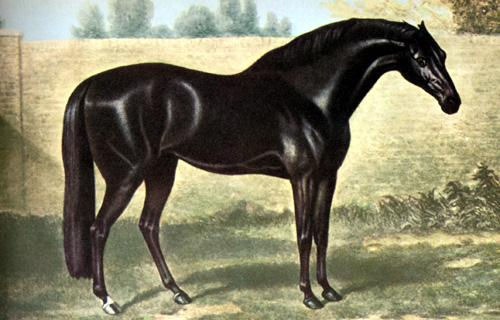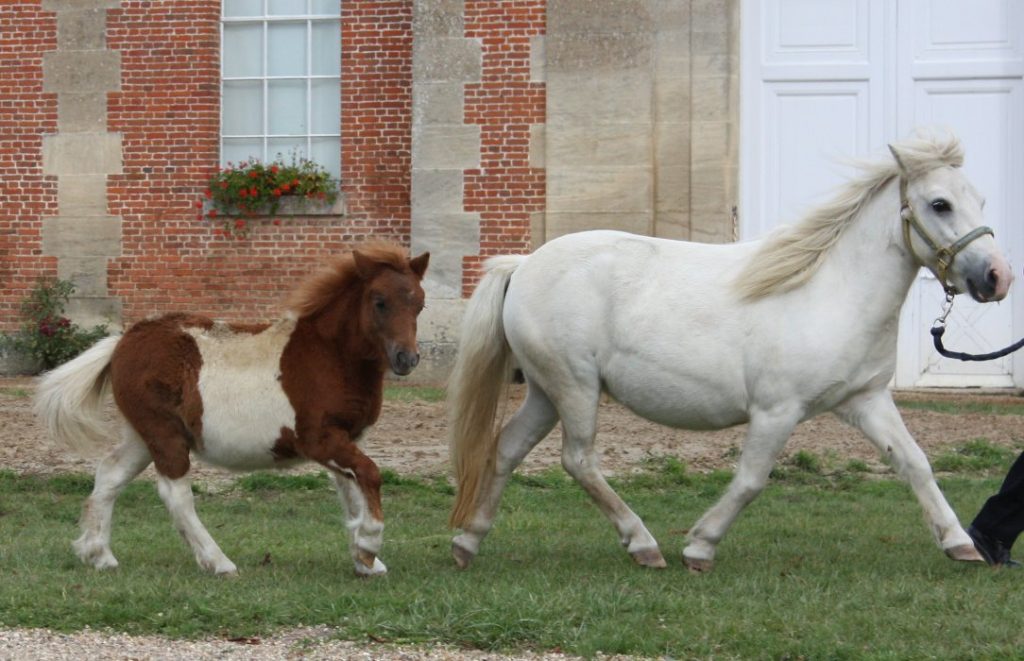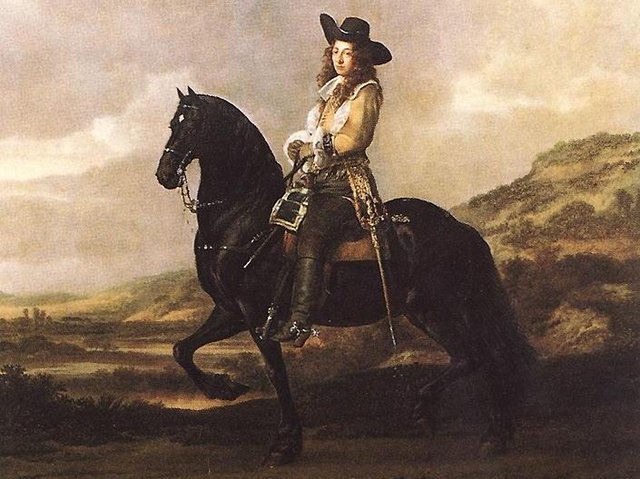Horsemanship Level 2: Identification
Horses come in many shapes and sizes; display strange colours, such as chestnut, bay, buckskin and skewbald; have exotic body parts, such as pastern, stifle, dock and chestnut (no relation to the colour); and have other interesting markings such as black points, ermine spots, snips and stockings.
This is not just trivial knowledge used to impress your horsey girlfriend. Being able to verbally identify a horse is important for clear communication, and vital if reporting a lost or stolen horse. Colour, markings, and breeds are the simplest forms of identification. You can pick a horse out in the field by these qualities without having to check the undercarriage for sex, or the underside of the lip for a tatoo. A knowledge of horse breeds and types lets you know in advance what type of work a horse may be suitable for.
In Horsemanship Level 1 we asked you to identify colours, the near and off side, and twenty simple points of the horse. For Level 2 you will need to be able to:
2. Name and describe breeds, points, colours and markings of horses
This week we will look at Breeds and Types, and finish off the topic next week with points, colours and markings.
Breeds & Types
You don't need to know all the breeds of horses in the world, but you should be able to identify several breeds of each type of horse. Below are a few examples of each. Look them up in a good breed book or online and familiarize yourself with their general characteristics and uses.
Cold-blooded
These are the draught breeds, used for pulling wagons and farm work. Their ancestors were often used as warhorses, though most have been bred to be heavier and are now larger and less suited to riding than their forebears. Examples: Percheron, Clydesdale, Friesian, Belgian etc.

Hot-blooded
Traditionally there are only two hot-blooded breeds, the Arabian, and its descendant, the Thoroughbred. Both are fine-boned, athletic and often considered fiery. Arabians are renowned for longevity and endurance, and Thoroughbred racehorses are the fastest horses in the world. These breeds have been used extensively to improve other breeds. Other breeds which are sometimes considered hot-blooded are the Akhal-Teke, Marwari, Kathiawari and similar older breeds of hot-climate horses.
Warm-blooded
All other horses except draughts, Arabians and Thoroughbreds, are considered warm-blooded. This should not be confused with registered Warmbloods, such as the Hanoverian, Dutch Warmblood, Canadian Warmblood etc, a controlled type with regulated studbooks. It was once thought a warm-blooded horse was descended from a draught x hot-blooded cross, but this has not been proven true genetically. Examples: Quarter Horse, Morgan, Appaloosa, Warmblood breeds, etc.
Ponies

The term 'pony' is a height classification as well as a type. Any horse under 14.2 hands high (a hand is 4 inches), or 145cm is considered a pony. This means a small Arabian or Quarter Horse might be classed as a pony. However, there are specific pony breeds as well. Examples: Welsh, Shetland, Newfoundland, Pony of the Americas etc.
Light or Riding Horse
Any hot-blooded or warm-blooded horse.
Baroque
These are the breeds most directly developed as and descended from warhorses. They tend to have an uphill build, made for power rather than speed, a cresty neck and flowing mane, and were often used as carriage horses and light draught horses as well. They are visually impressive and often used in movies as well as haute école. Examples: Lippizaner, Andalusian (Pur Raza Espagnol), Friesian, Canadian Horse, Knabstrupper, etc.
As you can see there is a fair bit of cross-over within types, just as there is variance within the breeds themselves. At our barn Jolie, Jack and Flavie are all Canadian horses, but Jolie and Jack are more Baroque in their build and carriage, while Flavie is more of a light draught or riding horse.
next week: points, colours and markings
